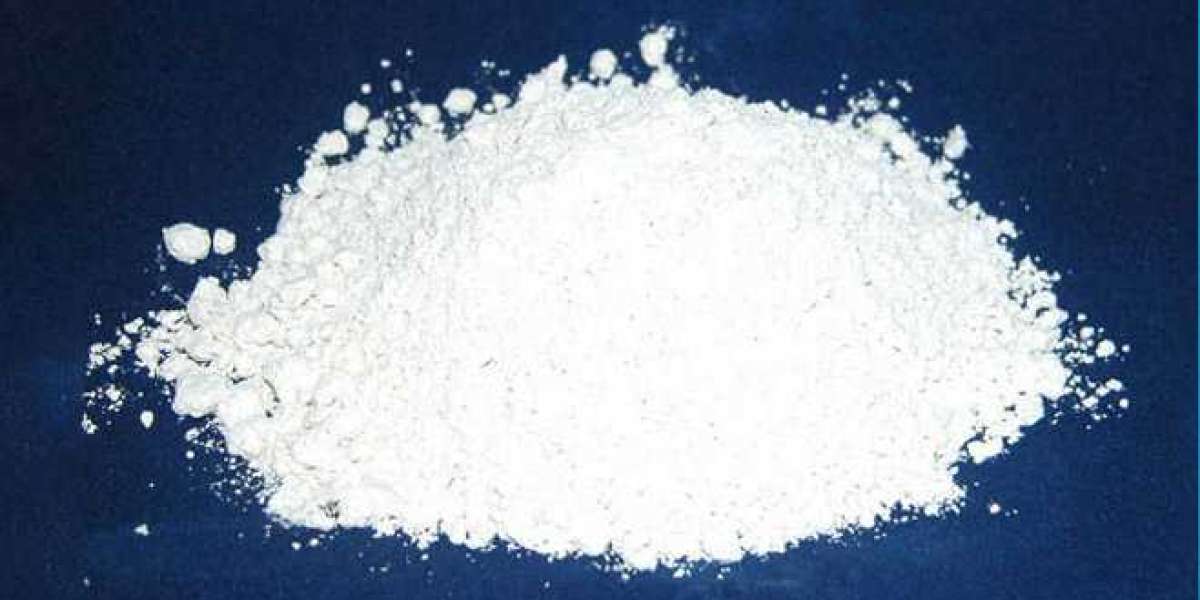Peracetic Acid: A Versatile and Effective Disinfectant Peroxycetic Acid
Composition and Properties of Peracetic Acid
PAA, also known as peroxyacetic acid, is an organic compound with the formula CH3CO3H. It is a colorless liquid with a characteristic pungent odor detectable at very low concentrations. PAA is produced through an equilibrium reaction between acetic acid, hydrogen peroxide, and a catalyst. This results in an equilibrium mixture containing PAA, hydrogen peroxide, acetic acid, and water. PAA is a powerful oxidizing agent owing to its unstable peroxide bond and readily breaks down to acetic acid and oxygen.
Uses and Applications of PAA
Disinfection and Sterilization
The broad-spectrum antimicrobial activity of PAA makes it useful for disinfection and sterilization applications. It is an effective sterilant for medical devices and healthcare equipment with a fast kill rate against bacteria, viruses, yeasts and spores. PAA-based sterilants are commonly used for endoscope reprocessing and disinfection of dental unit waterlines. It is also used as a disinfectant in food processing facilities and for produce wash to reduce pathogens. PAA poses minimal risks to food quality or equipment when used at recommended concentrations.
Treatment of Industrial and Potable Water
PAA is an EPA-registered sanitizer to treat industrial and potable water supplies. It can inactivate microorganisms present in waters used for various industrial purposes like cooling, oilfield injection and papermaking. As an alternative to chlorine, PAA provides an effective yet safer method for disinfecting potable water and wastewater by removing bacteria, viruses and other pathogens without harmful disinfection byproducts.
Bleaching of Pulp and Textiles
At low concentrations, PAA acts as a bleaching agent in the pulp and paper industry as well as for textile bleaching. It brightens the color of wood pulps and fabrics by oxidizing lignin and natural color bodies without degrading cellulose fibers. PAA yields brighter, more uniform bleaching compared to traditional hydrogen peroxide bleaching while reducing chemical demand and effluent toxicity.
Environmental Applications
Due to its high oxidative capability, PAA is used to chemically treat industrial wastewater containing recalcitrant organic pollutants. It helps remove dyes, inorganic ions and oxidize biorecalcitrant compounds into biodegradable forms, facilitating further biological treatment. PAA is also applied as a vegetable and fruit wash to sanitize agricultural produce and remove contaminants in food production settings.
Safety Considerations around PAA
PAA is a strong oxidizer and decomposes to yield corrosive acids. Direct contact with concentrate can cause severe burns to skin, eyes and other tissues on contact. When used diluted as directed within recommended exposure limits, the safety profile is comparable to bleach and other peroxide products. Proper protective equipment like goggles, gloves, and masks should always be worn. Good ventilation is important since vapors are irritating to respiratory tract. PAA solutions are also environmentally safer when handled, used and disposed as instructed compared to conventional disinfectants. Overall, PAA can be employed safely provided adequate precautions and regulatory compliance are followed for transport, storage and application.
Prospects for Peracetic Acid Use
Given its excellent antimicrobial efficacy and environmental compatibility relative to alternative chemicals, the market and applications for PAA are expanding rapidly. New formulations providing enhanced stability and ease of use are increasing adoption in healthcare, food processing, water treatment and other industrial sectors worldwide. As concerns rise over antimicrobial resistance and presence of toxic residues, PAA is emerging as a mainstream broad-spectrum disinfectant for applications from medical equipment to agricultural and aquatic environments.
In Summary, its unique combination of potent germicidal action and safe degradability into non-toxic byproducts position PAA favorably for continued growth. With more research on applications, formulations, and safe handling practices, PAA stands to play an important role as a versatile and environmentally responsible disinfecting agent now and into the future.








